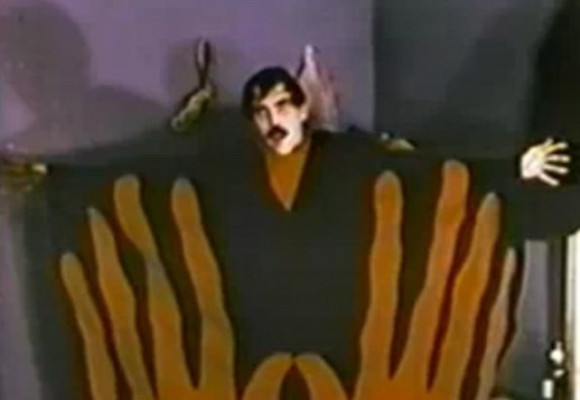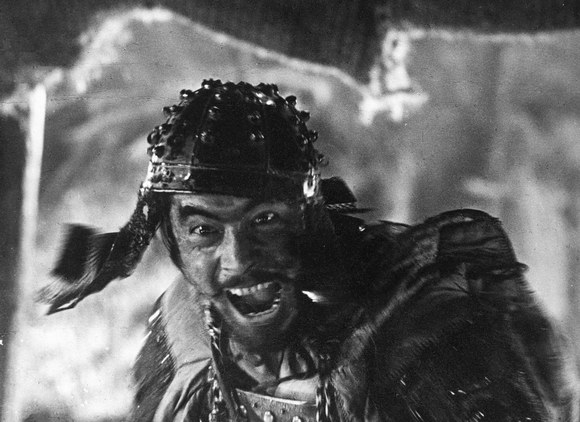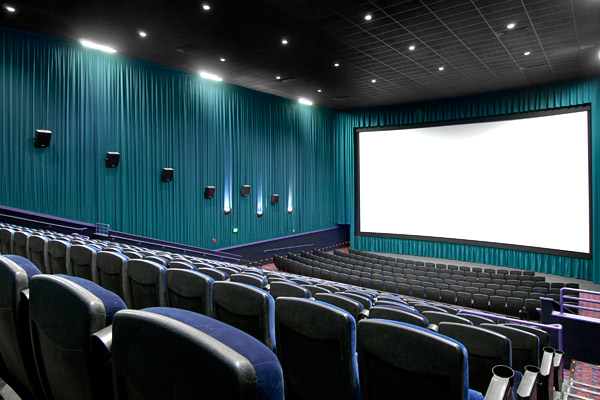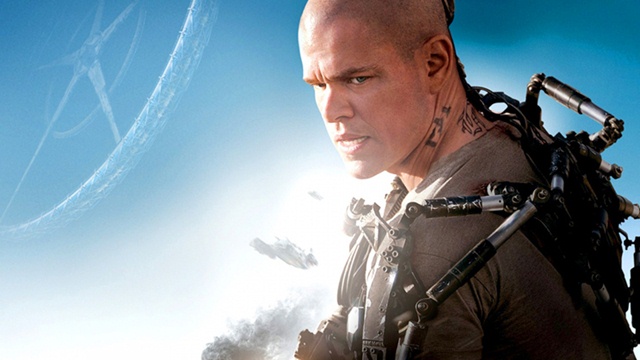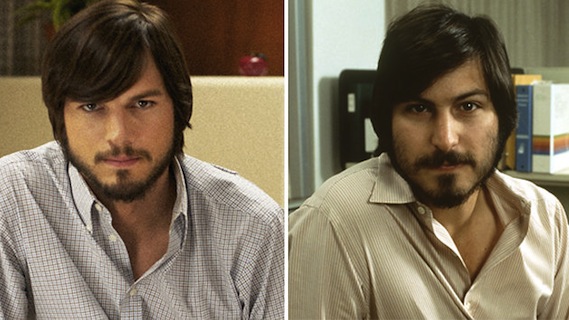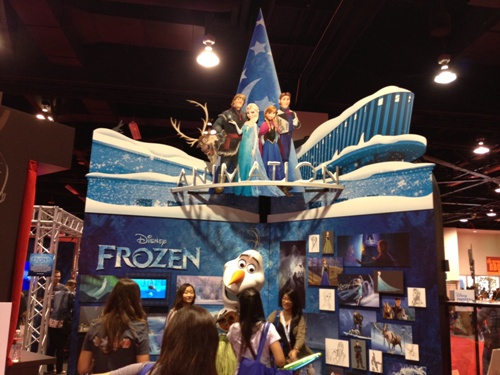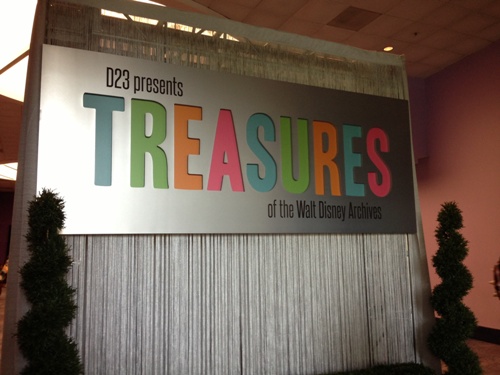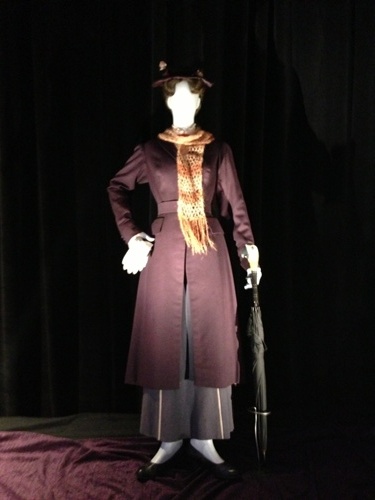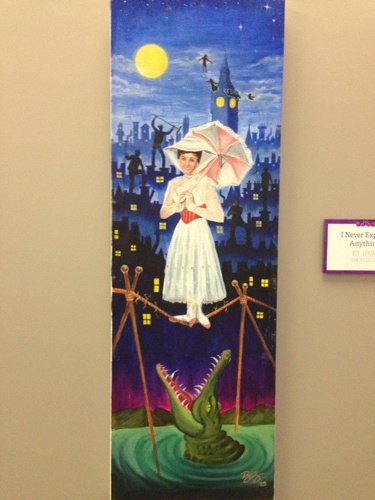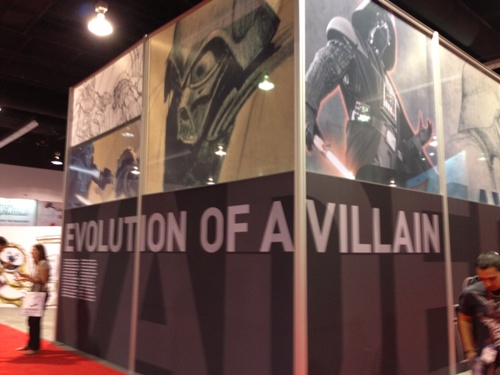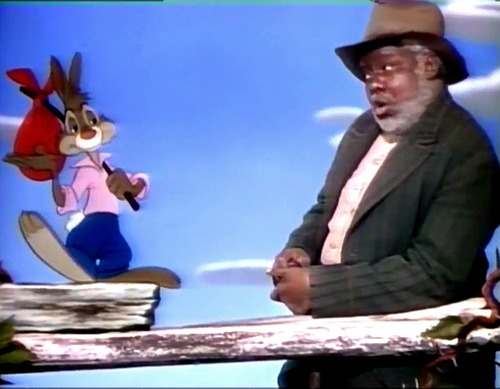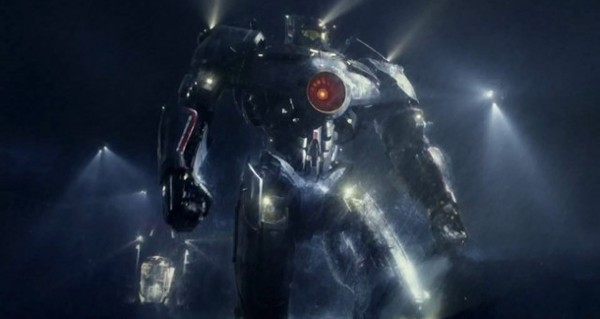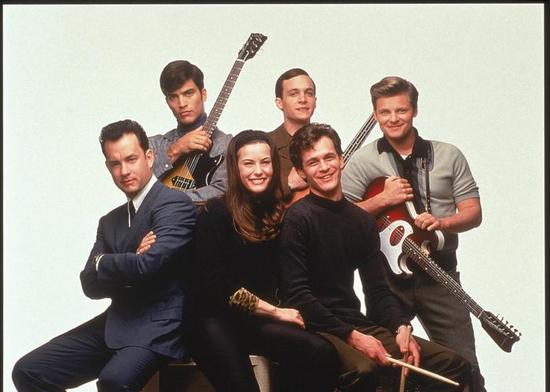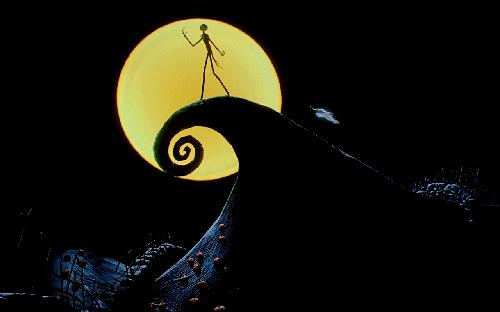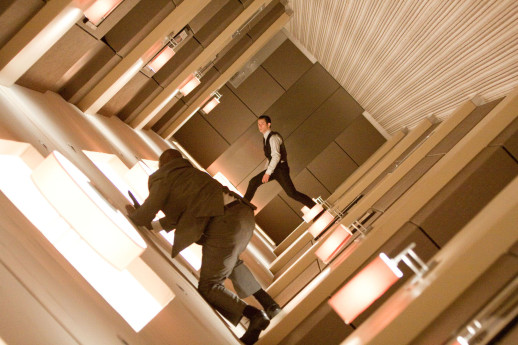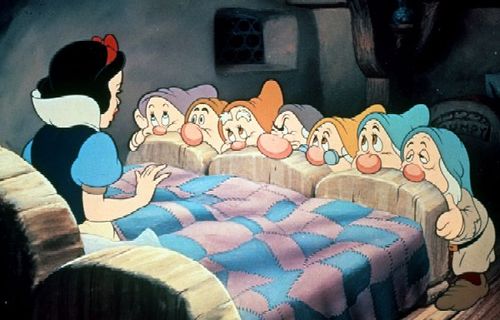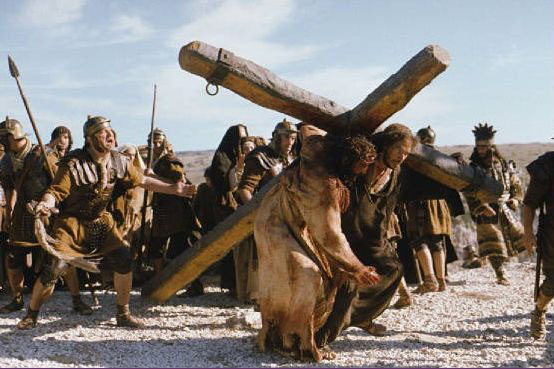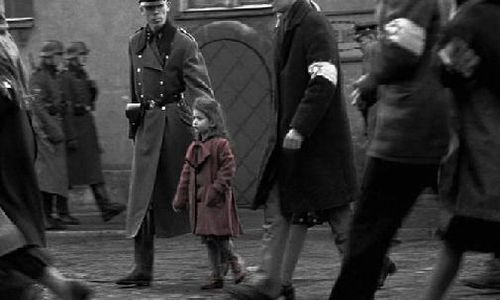This summer, The Lone Ranger and After Earth came into theaters amid a lot of bad buzz and with bloated budgets. The failures of these films are noteworthy, but not surprising. They follow a long line of “Passion Projects” that have come out of Hollywood every now and then. What makes a movie a “Passion Project” is when a filmmaker puts too much personal investment into a film project that other people, or a studio, doesn’t believe will be a commercial success; but because of the clout that that filmmaker has, the project still moves forward regardless of the risk and the expense. This has often led to disastrous results. Last week, I highlighted one such example of a film driven by unchecked egos: Heaven’s Gate. The Lone Ranger and After Earth do fit the mold of “Passion Projects” that have failed, albeit for different reasons; one was the misguided attempt by producers who felt they could transform any old property into a money-making juggernaut and the other was a movie star trying to elevate his not-ready-for-the-spotlight son into becoming a blockbuster star in the wrong kind of movie.
Though these ego driven movies often do fail, there are exceptions when they do succeed. Sometimes it happens unexpectedly, while other times it’s when a filmmaker deviates from their proven formula and takes a risk that proves rewarding. A good “Passion Project” is a film that resonates beyond a good story. It’s one where you can feel the personal touch of the filmmaker, and see their love for the material on display. For this column, I have selected 10 films that I believe showcase the most successful “Passion Projects”; some with very unexpected results.
10.
THAT THING YOU DO (1996) Directed by Tom Hanks
Tom Hanks was riding high in the mid-90’s, having just won two back-to-back Oscars and starring in another highly acclaimed blockbuster (Apollo 13); so he had the power to do whatever he wanted at this point in his career. What he chose next was to direct and write his own film, which chronicled the rise and fall of a 60’s rock band. Though there wasn’t much risk in the actual production of the film, considering it’s modest budget, there was talk about whether or not Tom Hanks was risking his star power in the making of a movie that had limited genre appeal. This was long before shows like Mad Men made 60’s nostalgia cool, and the story line was very insider driven, detailing the making and marketing within the music industry. Luckily for Tom Hanks, audiences did soak up the period nostalgia and the film became a modest success. It didn’t win any awards, but it did cement Tom Hanks’ place as a force to be reckoned with in Hollywood beyond his talents as a actor.
9.
MALCOLM X (1992) Directed by Spike Lee
Racial politics have always been a touchy issue in movie-making. Most of time, Hollywood tries to avoid an intelligent argument over race and usually just dumbs down the issues in an attempt to not offend anyone. Spike Lee has made a reputation of tackling racial issues head on in his films, which he did with the universally praised Do the Right Thing (1989). Thanks to that film, Lee was able to grab the attention of other filmmakers, who were eager to see what he was going to make next. What Mr. Lee had in mind was a 3 1/2 hour biopic centered around one of the most divisive leaders of the civil rights movement; Malcolm X. Suffice to say, producers were worried about how audiences would react to such a film; plus Spike Lee was still a young filmmaker who had never tackled a film on this kind of scale before, or with this kind of seriousness. The end result ended up being a surprising nuanced and fulfilling epic. Bolstered by a solid performance by it’s star, Denzel Washington, the movie was praised by critics and generally accepted by audiences. While not a blockbuster, the film did garner a favorable reputation over the years and it showcased the maturity of Spike Lee as a filmmaker.
8.
THE NIGHTMARE BEFORE CHRISTMAS (1993) Produced By Tim Burton
Back in the late 70’s and early 80’s, Tim Burton was a struggling animator at the Disney Studios. After working on films like The Fox and the Hound (1981), Burton wanted to pitch a project of his own to the studio based around his own artistic style. The studio heads scoffed at the idea, saying that Burton’s art and story-line was too dark for the family audiences that they were aiming for. Soon after, Burton left Disney to start a new career as a film director. He found success with films like Pee Wee’s Big Adventure (1985) and Beetlejuice (1988) before hitting it big with Batman (1989). After Batman crushed box office records, Disney was ready to listen again. Tim Burton had the clout now to make his story about the collision of two holidays finally become a reality. But instead of doing it in Disney’s traditional animation style, he decided to have it animated with stop-motion. The project was a risky sell for Disney, considering the Gothic style, but the end result proved to be a success. Twenty years later, the film’s hero Jack Skellington has become one of Disney’s most popular characters. Which goes to show that it’s sometimes worth it to hold on to a good idea until its ready.
7.
INCEPTION (2010) Directed By Christopher Nolan
Christopher Nolan supposedly worked on the script to this film over 10 years. Initially, he had planned to pitch it as his next film after Memento (2001), but at the time, he didn’t have the reputation as a director to pull off something on the scale that he wanted. Inception was an enormously complex story that required a lot of time to get right, and Nolan chose to sit on the script for a long time as he continued to build his talents as a filmmaker on subsequent projects. Before long, he was trusted with the struggling Batman franchise, which he brought back in a big way. After The Dark Knight (2008) became a box office phenomenon, Nolan felt the time was right to finally make Inception. By this time, he had a script that had been finely polished and was ready to be green-lit. Warner Bros. approved a substantial budget for the film, based on the goodwill Nolan had earned with them, which helped the director achieve the scale that he always wanted for the film. The end result paid off as Inception became a box office hit; unusual for a high-concept film like this that’s based off an original idea and not a sequel.
6.
CITIZEN KANE (1941) Directed by Orson Welles
Though Mr. Welles did have an enormous amount of personal clout in the entertainment industry as he took on his first film project, the movie did prove to be a risky adventure. For one thing, his film targeted the most powerful man in media at the time, William Randolph Hearst, as it’s subject. Orson Welles had already had the reputation of stepping on powerful toes for the sake of art in his years working on the stage, but going after someone like Hearst was an enormous risk, because it could have led to the end of Welles’ career in Hollywood completely. Not only that, Welles was putting incredible personal effort into doing things his way on the film. He was given something that few first time directors ever get in Hollywood; complete artistic freedom, which can be misused if given to the wrong person. Welles did persevere through the controversy, and the movie was a success when it first premiered. Over the years, it has been considered one of the best films of all times, if not the best.
5.
TITANIC (1997) Directed by James Cameron
James Cameron had earned the reputation of being a larger than life figure in Hollywood. Someone who would always take enormous risks, and in some cases indulging his ego a bit with what he was capable of getting on film, but would always be counted upon to deliver at the box office. After a string of successful action films, Cameron decided his next project would be an epic love story set around a notorious catastrophe. The project went forward based upon Cameron’s reputation as a filmmaker, but soon the project looked to be in big trouble. The budget ballooned to a then unprecedented $200 million, which no one believed could ever be recouped. Critics believed that the movie would be dead on arrival the moment it reached theaters, earning the project the nickname “Cameron’s Gate.” And for a film that was over three hours and featured two unproven stars as it’s leads, it looked like Cameron’s luck would run out. When the film finally was released, it became not just a hit, but the biggest moneymaker of all time, disproving every preconception in the book. $600 million dollars and 11 Oscars later, Cameron’s reputation in Hollywood was sufficiently secured.
4.
SNOW WHITE AND THE SEVEN DWARFS (1937) Produced by Walt Disney
While America suffer through the depression in the 1930’s, the Disney Studio was thriving. Walt Disney had built enormous success with his animated shorts, especially the ones starring the company’s star character, Mickey Mouse. Seeing the potential of the medium, Disney decided to take the next step forward and make a feature length animated film. Most of Hollywood thought the idea was ridiculous, believing that audiences would be bored by an animated film longer than 7 minutes. Walt Disney set out to make it work by putting enormous personal investment into the crafting of the story and the refining of the artwork. He chose the story of Snow White for the project, which was familiar enough for audiences to understand, but presented its own challenges, particularly with the portrayals of the Dwarfs in the story. After a while, Walt Disney spent so much money on the project that he actually had to put up his studio and his home as collateral in order to get bank loans to complete the project. When it finally premiered, the film not only was a success, but it became the biggest hit of the year, out-grossing all other films. With that success, Walt Disney became a household name and a player in Hollywood to be reckoned with.
3.
THE PASSION OF THE CHRIST (2004) Directed by Mel Gibson
Before he had his public meltdowns, Mel Gibson had a strong reputation as both an actor and as a filmmaker. He won an Oscar for directing Braveheart (1995), but it would be years before he would take another stab in the director’s chair. When he chose his next project, it was one that turned quite a few heads in the industry. The very devout Catholic Gibson wanted to make a film about the crucifixion of Jesus Christ, depicted in very graphic detail and with characters speaking entirely in ancient languages like Latin and Aramaic. Setting aside the overtly religious nature of the film, and the controversial accusations of antisemitism, this was a project that the film industry was understandably weary of. Mel Gibson, in an attempt to preserve his artistic vision, decided to fund the film himself, investing $30 million of his own money. To help promote the film, he went the unconventional route and previewed the movie for church organizations, in an attempt to earn their seal of approval. When the film opened on Ash Wednesday in 2004, it shocked the industry by earning $120 million dollars over a five day period. Hollywood didn’t know what to make of this, and the film ended up changing the way movies with controversial subjects are marketed today. After grossing $375 million, Mel Gibson had sufficiently earned back his investment and left a significant mark on the film industry.
2.
SCHINDLER’S LIST (1993) Directed by Steven Spielberg
Spielberg’s reputation as a filmmaker in the 1980’s was one of someone who made films that had childlike wonder to them, but unable to make anything deeply serious. That all changed when Spielberg chose to tackle the horrors of the Holocaust in this film. Documentaries had begun to bring attention the events of the Holocaust, but no one knew how to dramatize it. Initially, Spielberg approached the project as a producer, taking a personal interest in the subject matter due to his own Jewish heritage. He handed it off to a variety of directors, including Martin Scorsese and Holocaust survivor Roman Polanski, but in the end, he decided to take on the project himself. Thanks to Spielberg’s goodwill in Hollywood, he was able to find financial backing, but few believed that he had it in him to give the subject matter the seriousness that it needed. Not only that, but Spielberg chose to shoot the film in black and white, and the final cut ran a staggering 3 hours and 16 minutes. No one believed that audiences would be able to sit through such a harsh reconstruction of the horrors of the Holocaust for that length of time, but Spielberg stuck to his vision. The end result became a touchstone film, earning the Best Picture Oscar as well as a Best Director award for Mr. Spielberg. The film also earned over $90 million at the box office, proving that audiences would in fact sit through a film like this. In the end, Spielberg did finally grow up as a filmmaker.
1.
ROCKY (1976) Directed by John G. Avildsen
What makes Rocky the number one overall “Passion Project” is because of it’s seemingly inexplicable success and underdog status. Sylvester Stallone wrote the screenplay at a time when he was struggling as an actor. He didn’t have any clout or any reputation to uphold. He merely had a deeply personal story to tell about beating the odds and succeeding. Getting the movie made at all came as a blessing to Stallone. Much like the hero in the story, the production of Rocky was about underdogs rising to the challenge and not bowing to pressure. With a modest budget, an unknown cast, and an unproven director, no one expected much out of Rocky. The movie was also an optimistic story made in a very cynical, post-Watergate time. As it turns out, that proved to be Rocky’s greatest strength. It hit a bulls-eye with audiences and became a phenomenal hit that transcended it’s genre. Stallone became an A-list star over night and the film would go on to win the Oscar for Best Picture. Overall, Rocky represents the best example of putting personal investment into film-making. Stallone put what little he had into a story he believed in and it paid off it bigger ways than anybody ever expected it to.
Whether an underdog surprise like Rocky or an expensive gamble like Snow White or Titanic, a successful “Passion Project” can end up pleasing more than just the ideals of the filmmaker, it can mark a significant achievement in film-making and become an unforgettable experience for audiences. The ten films I chose fit that ideal, and each has a story behind their creations that is just as interesting as the movies themselves. Good art takes passion, and though it may fail sometimes when the vision is unclear, a successful attempt is all the more worthwhile.
